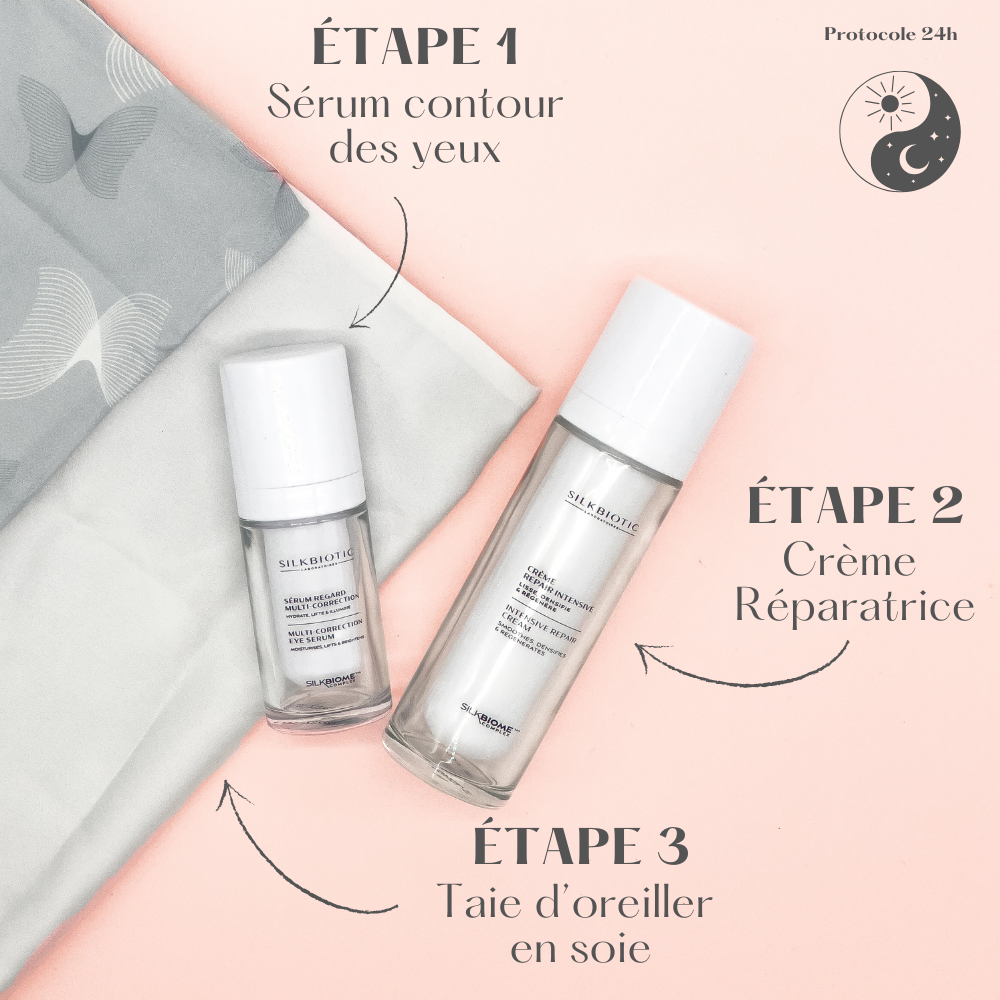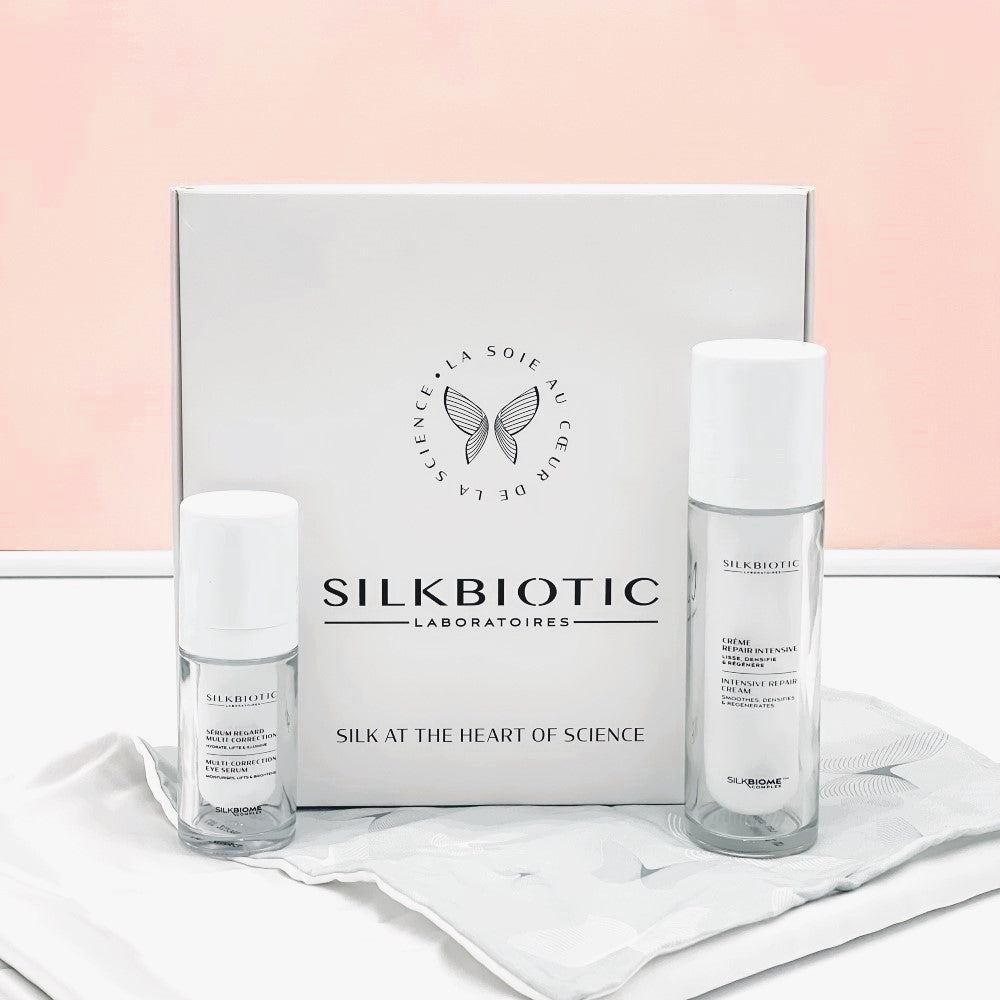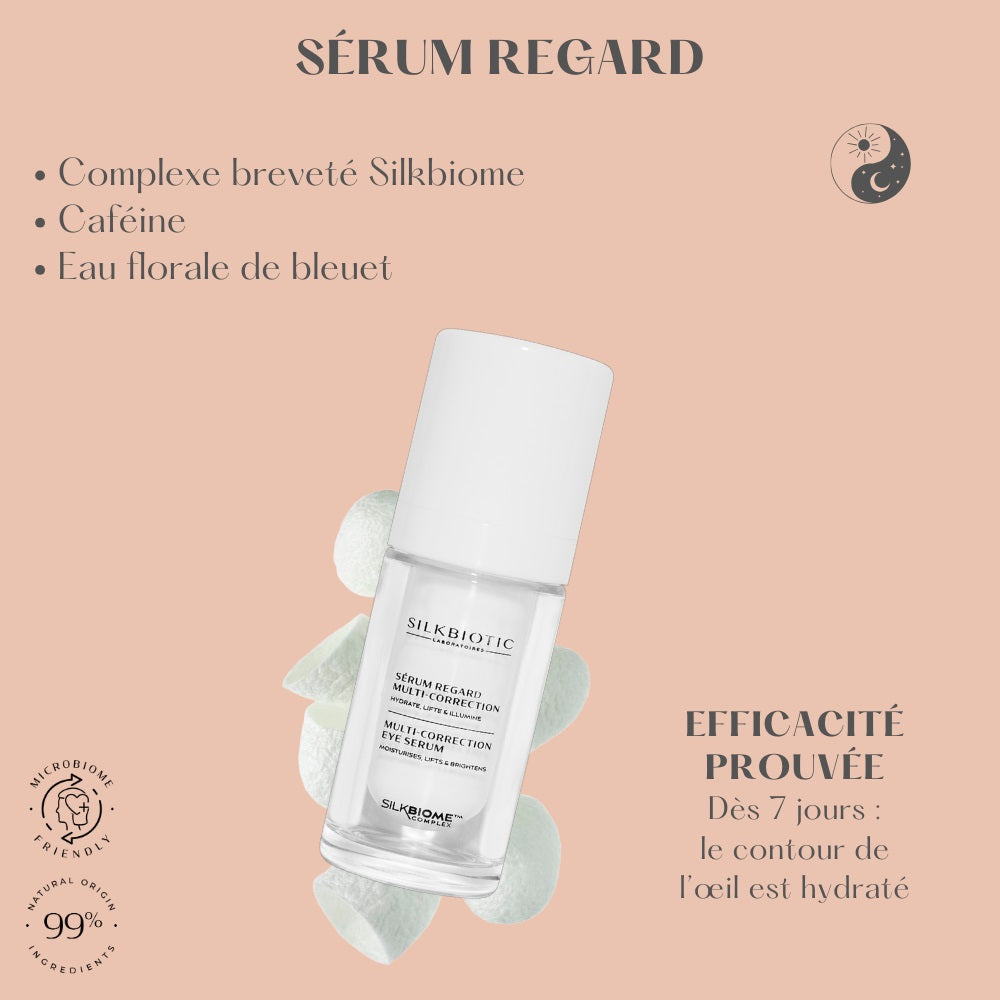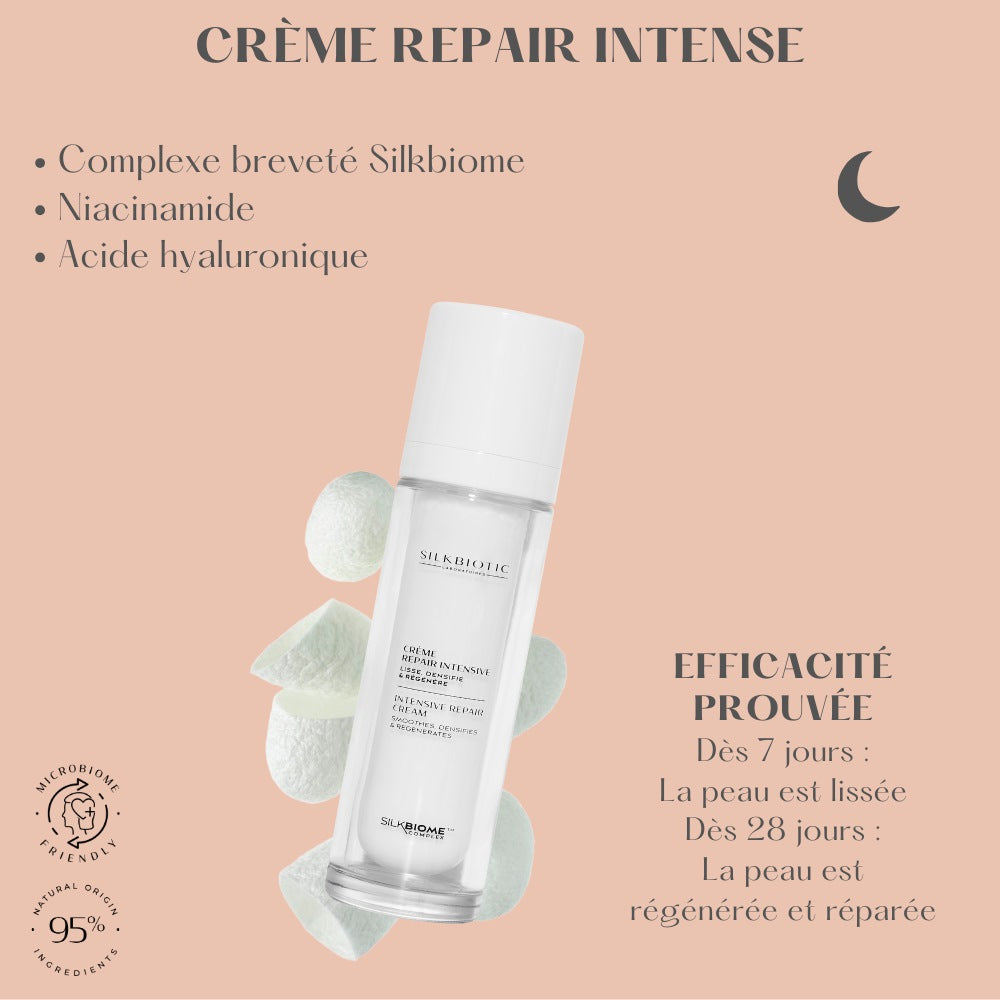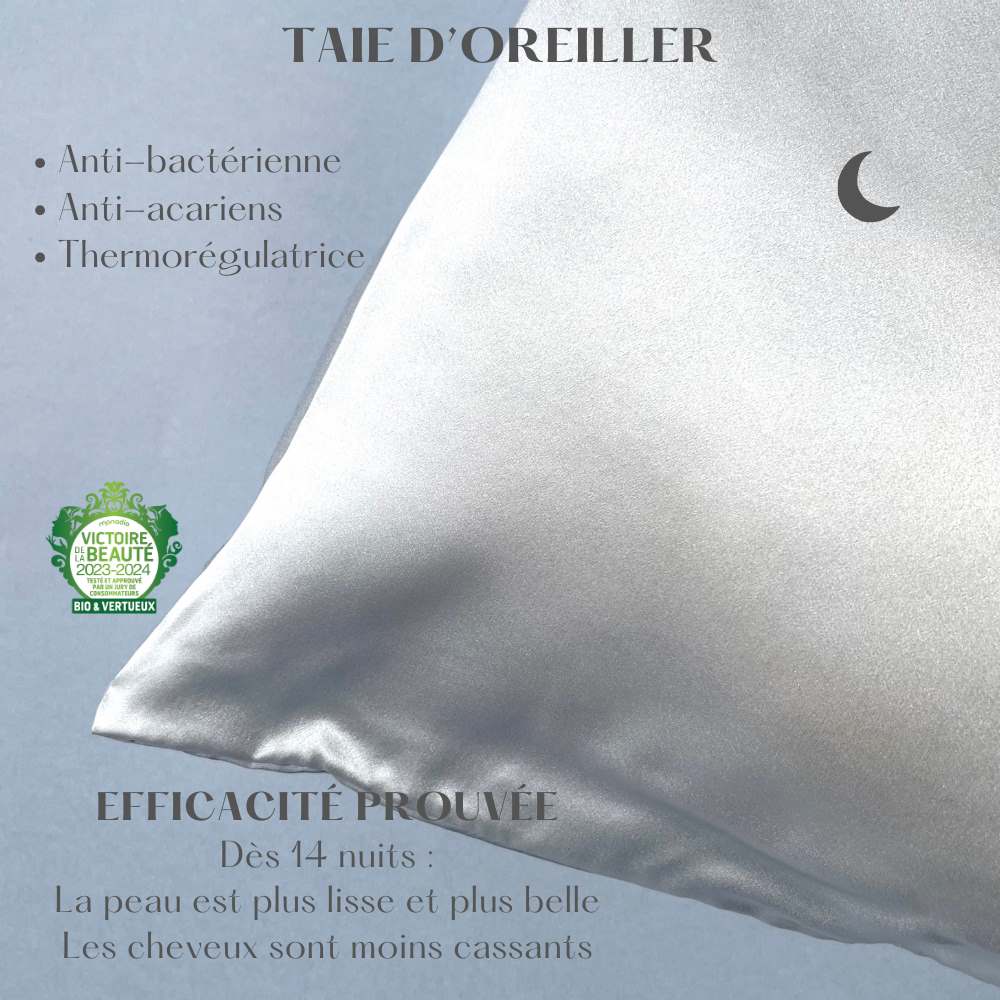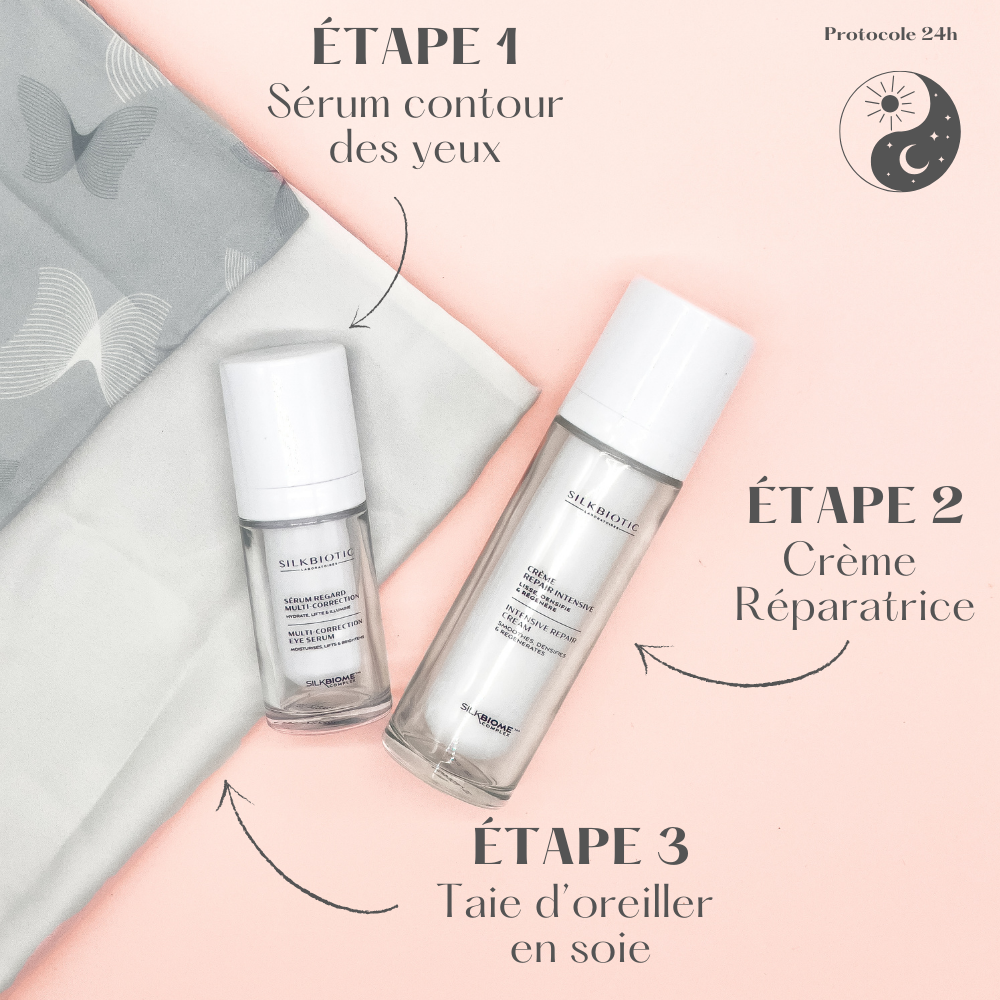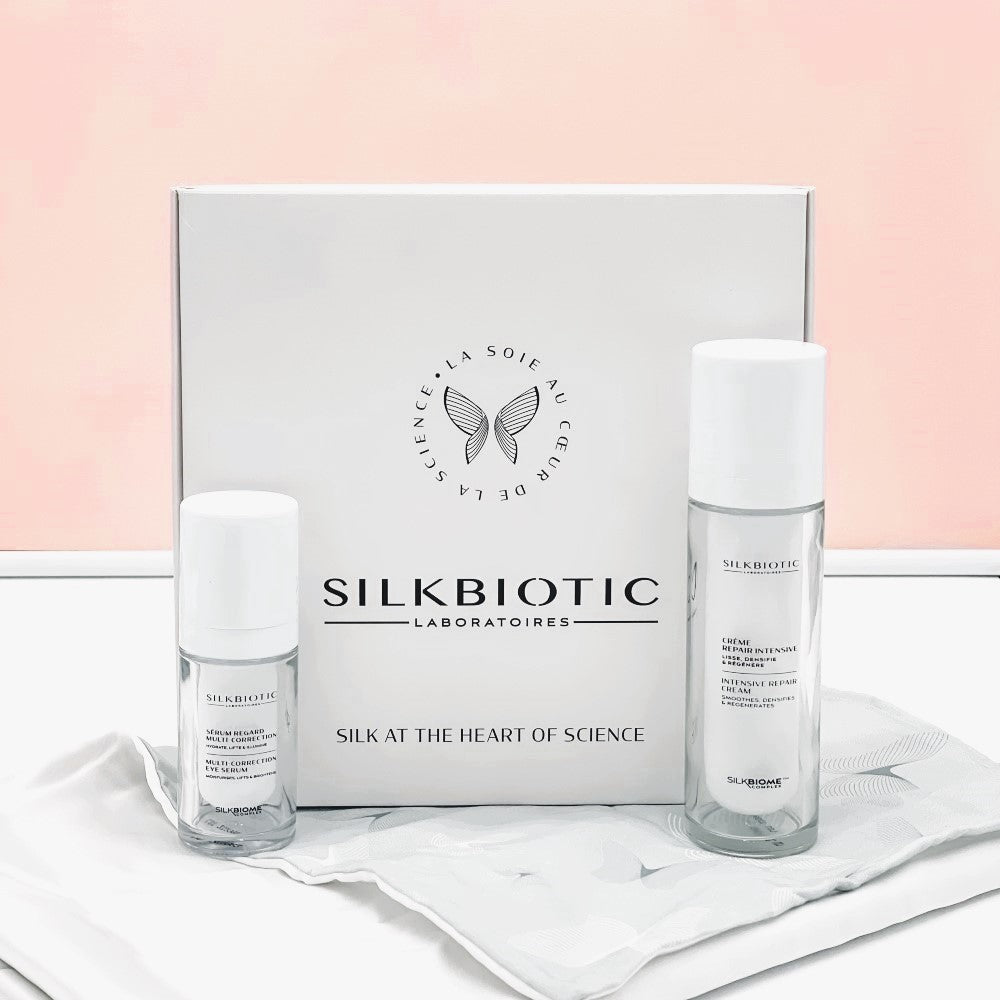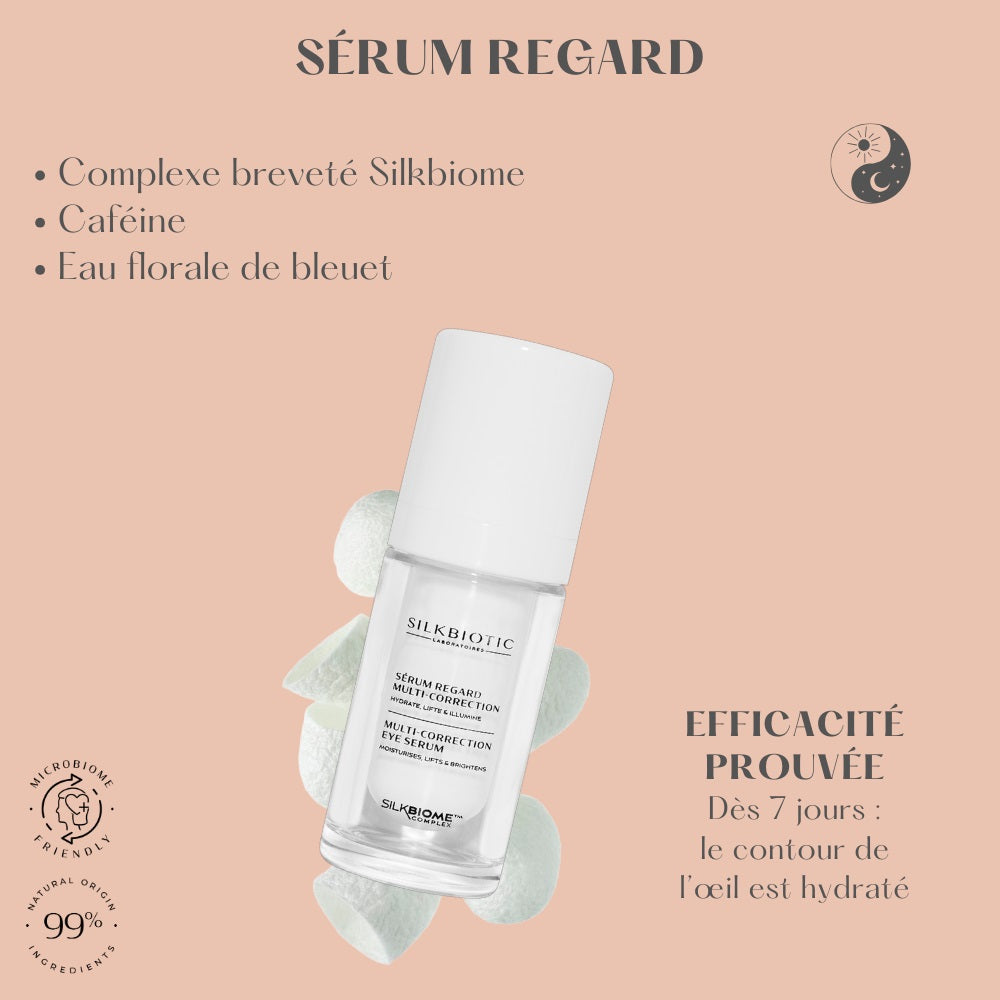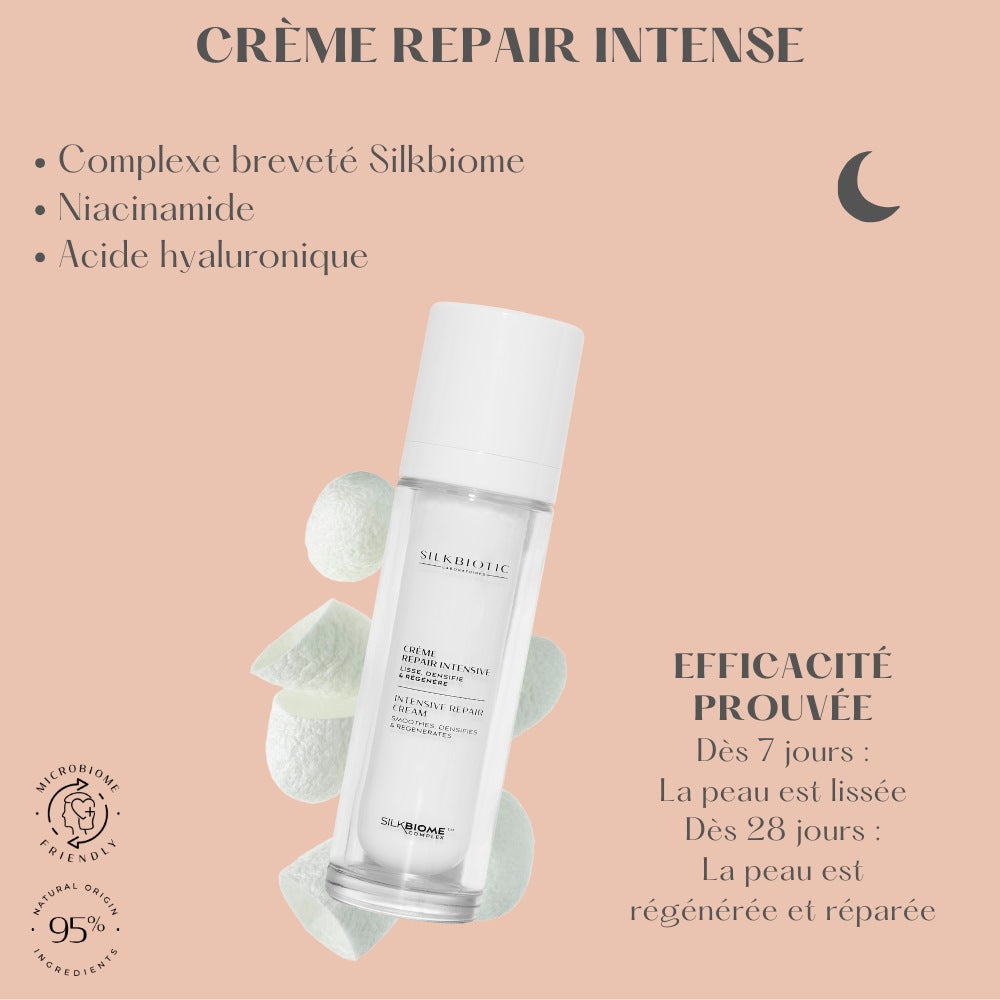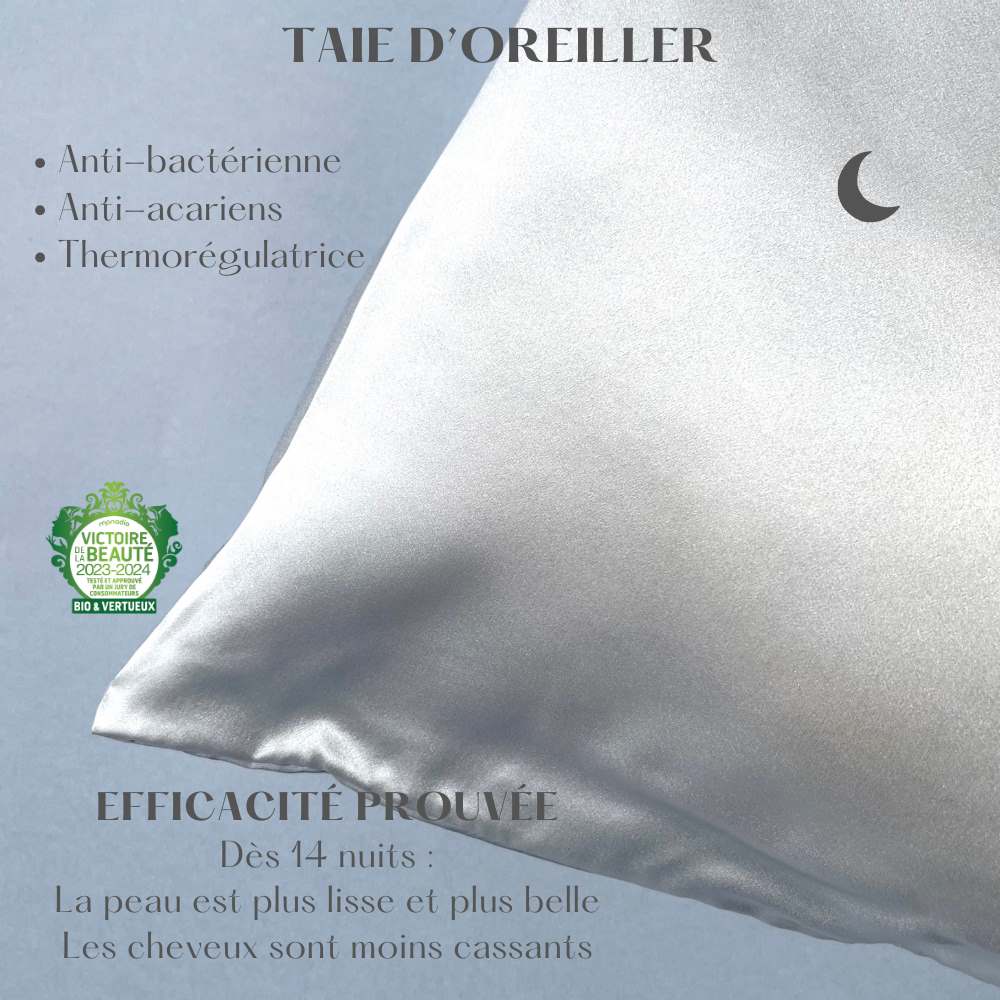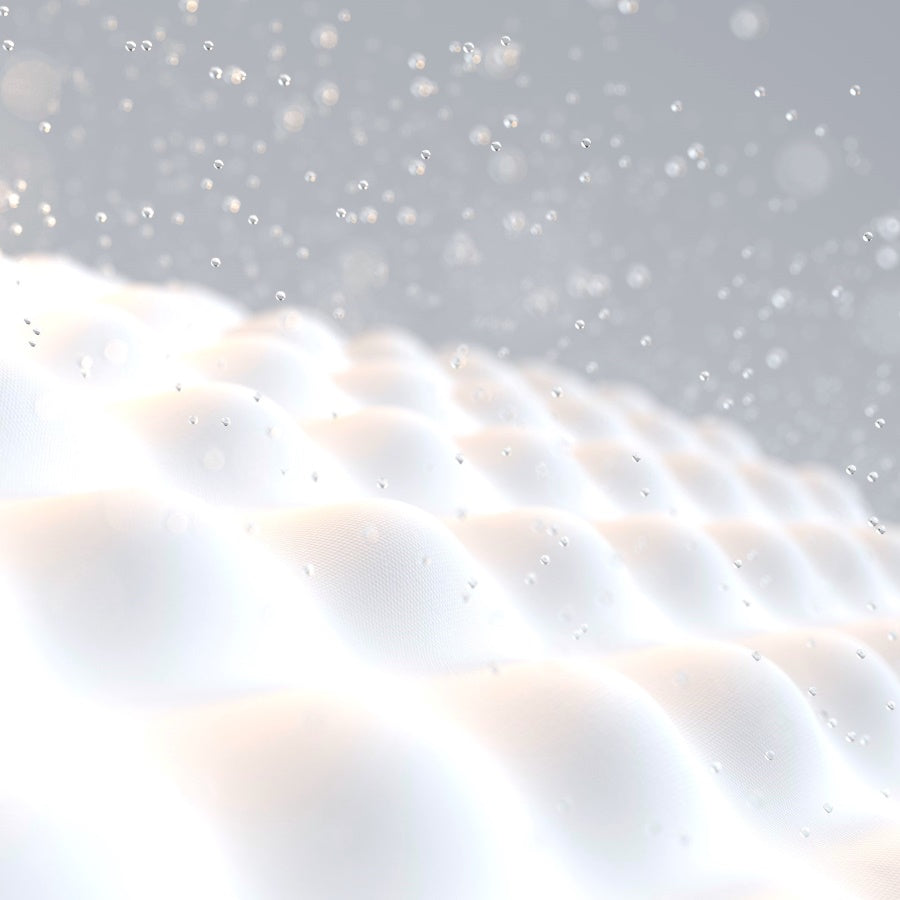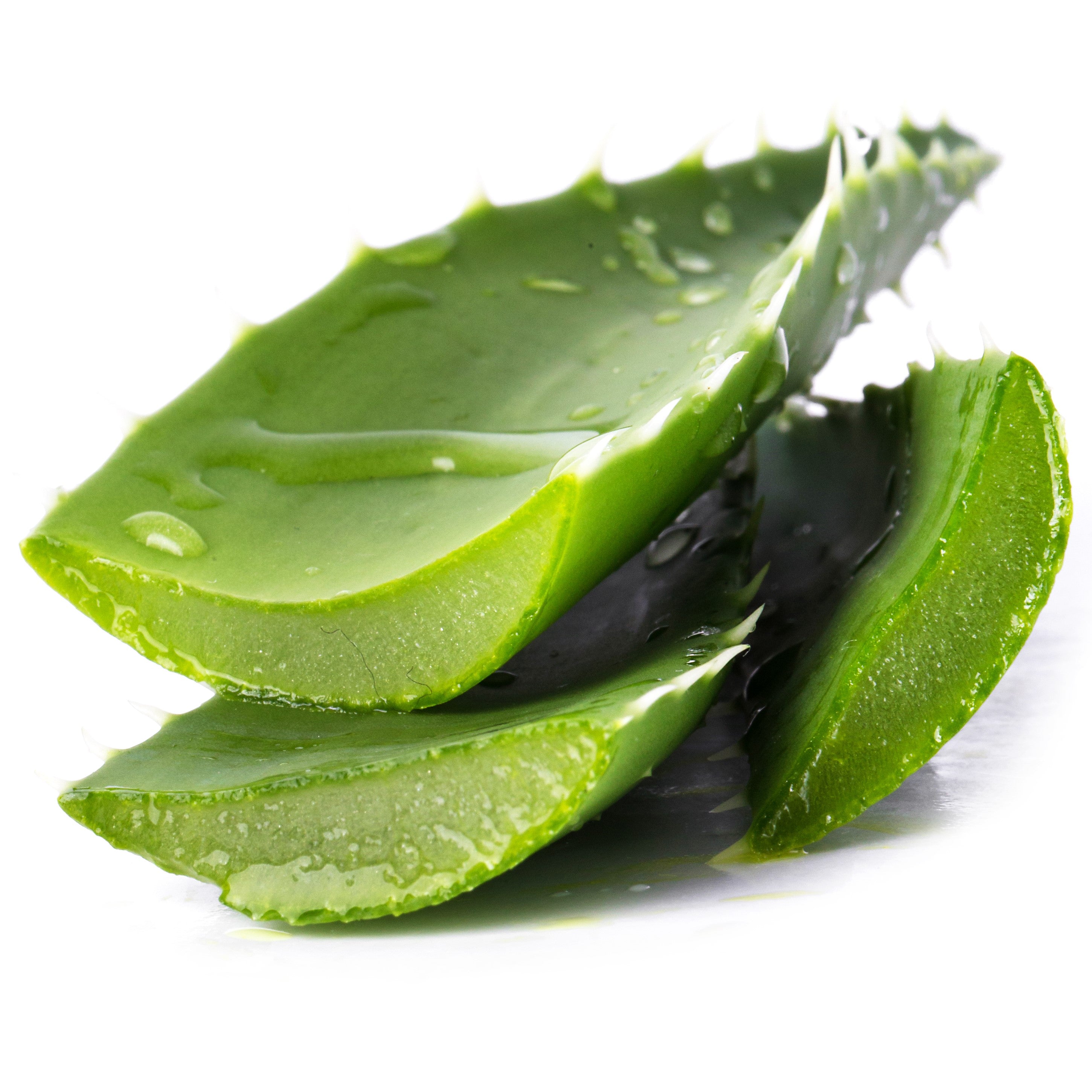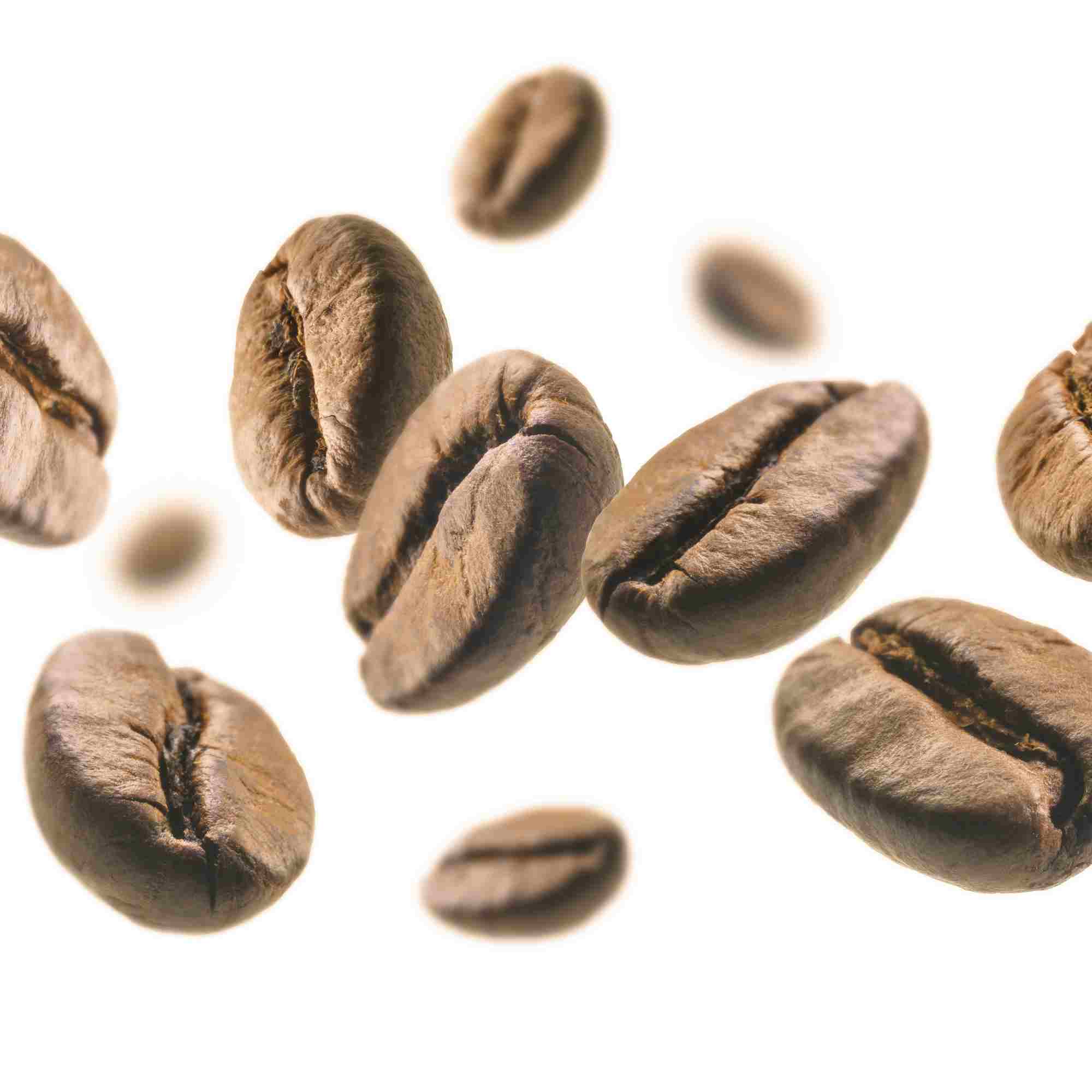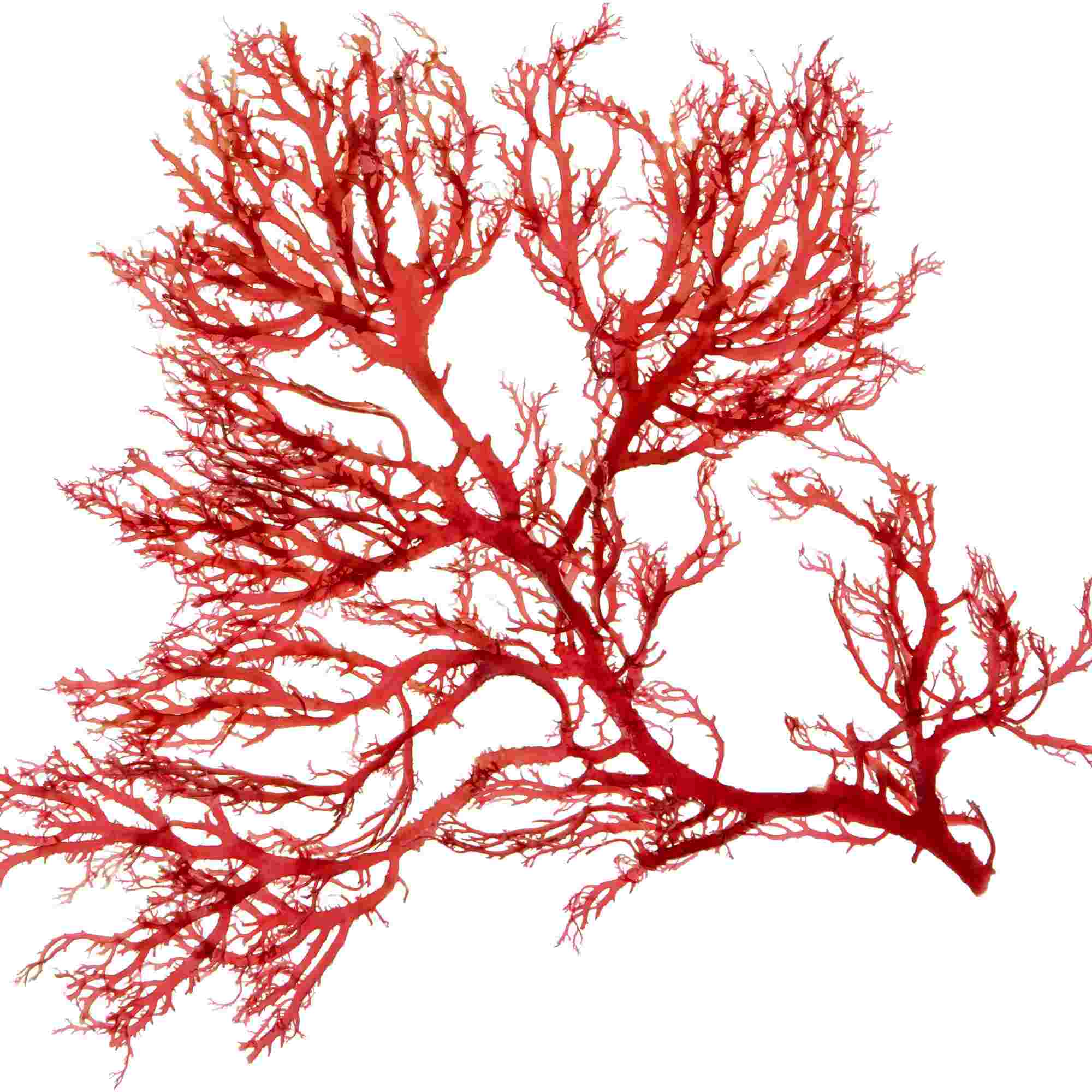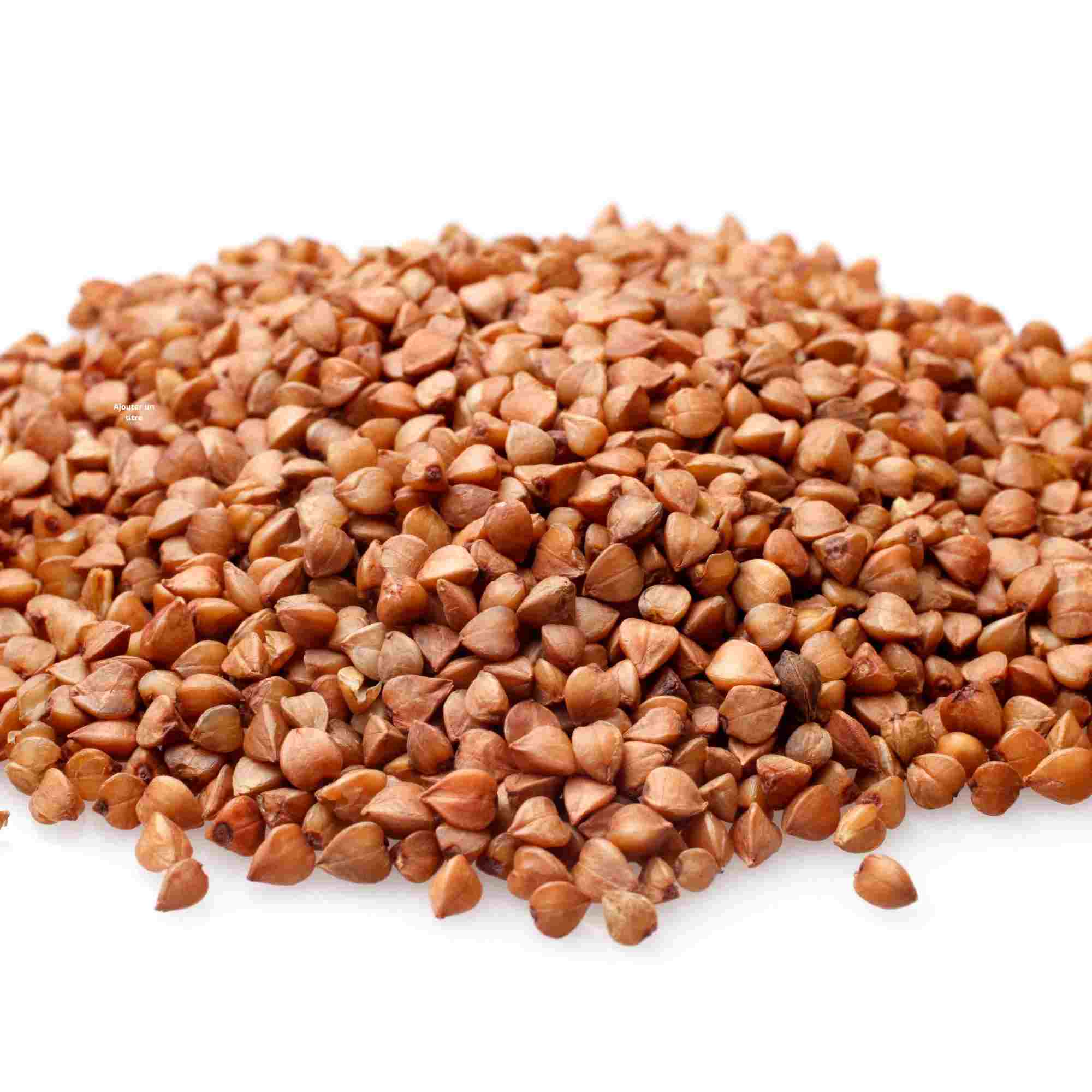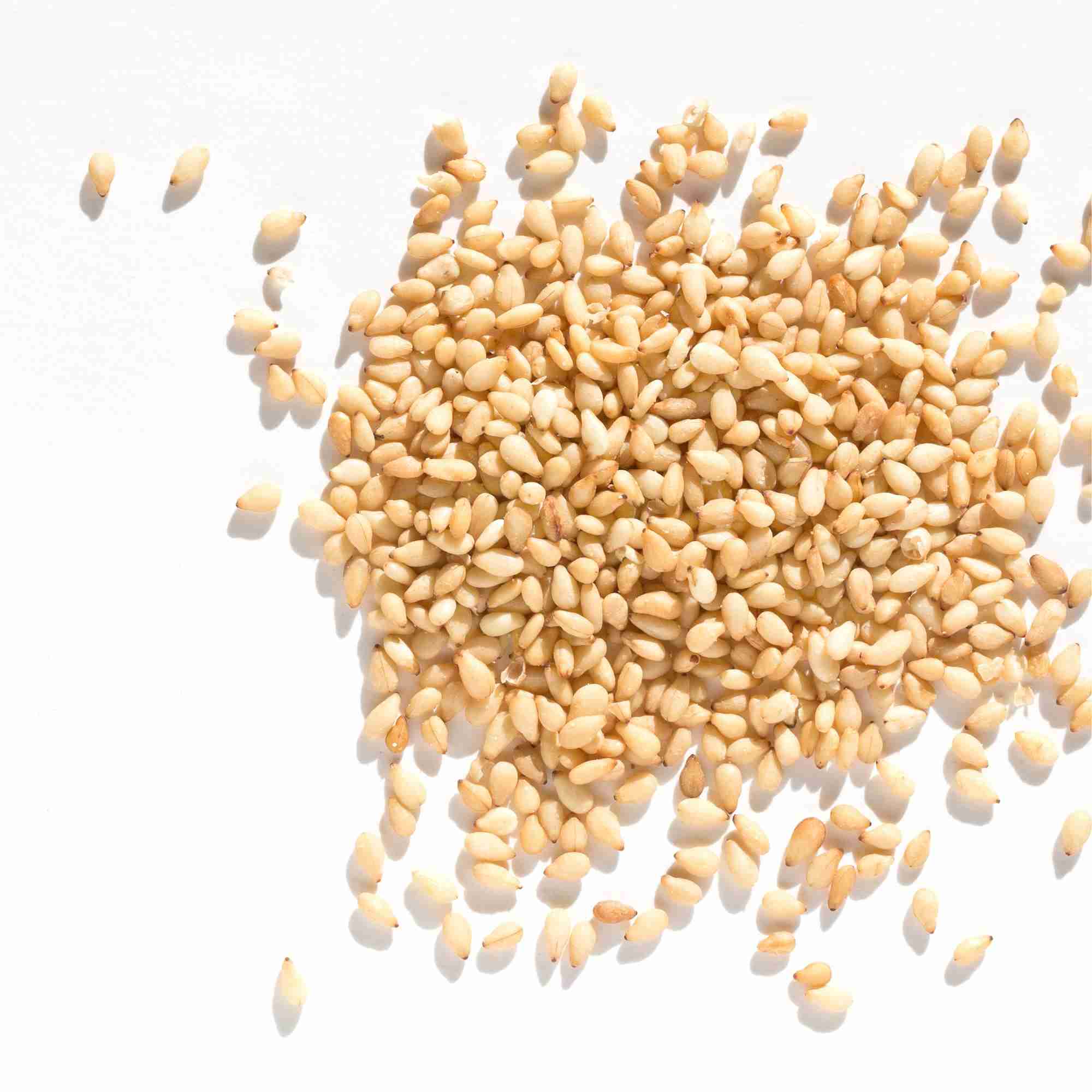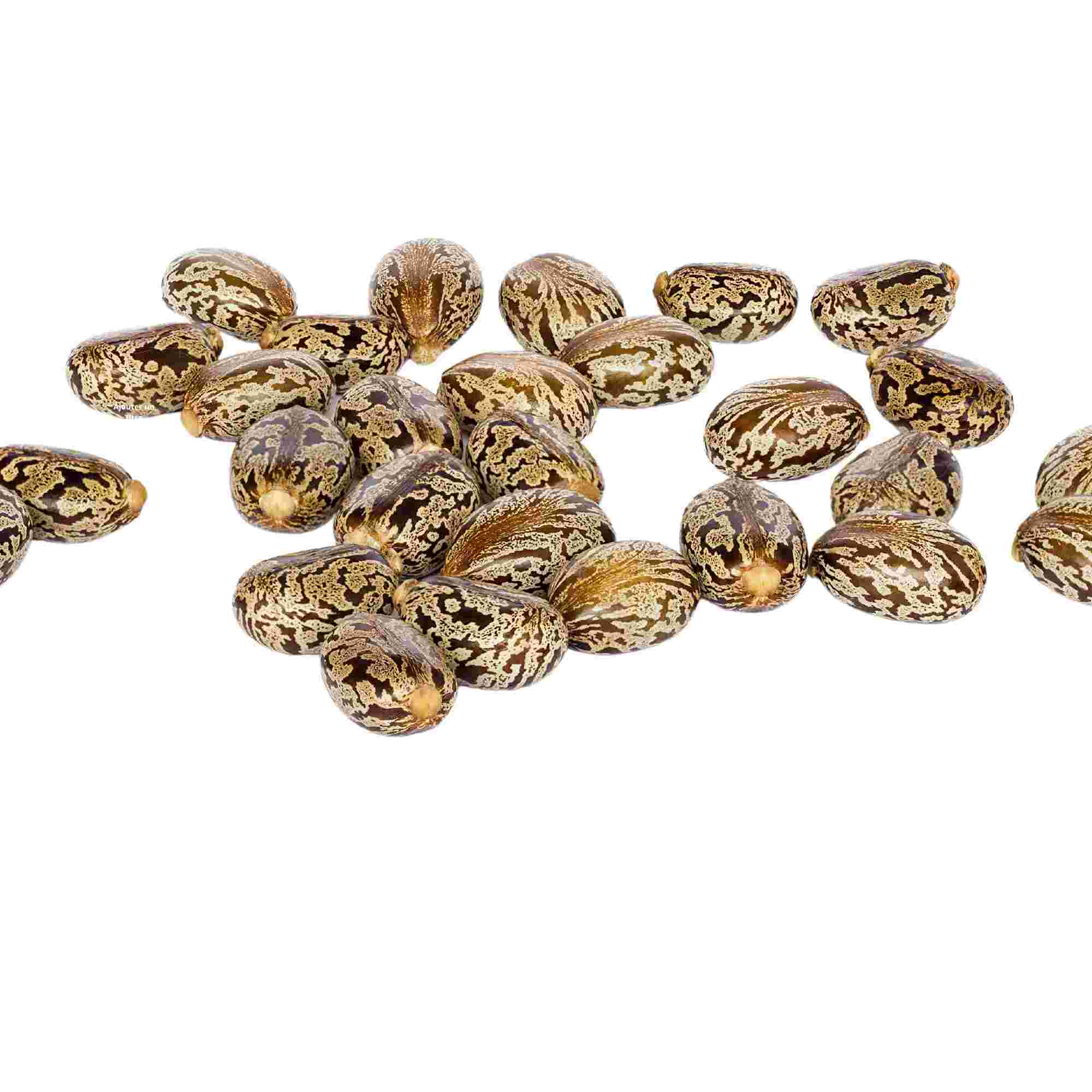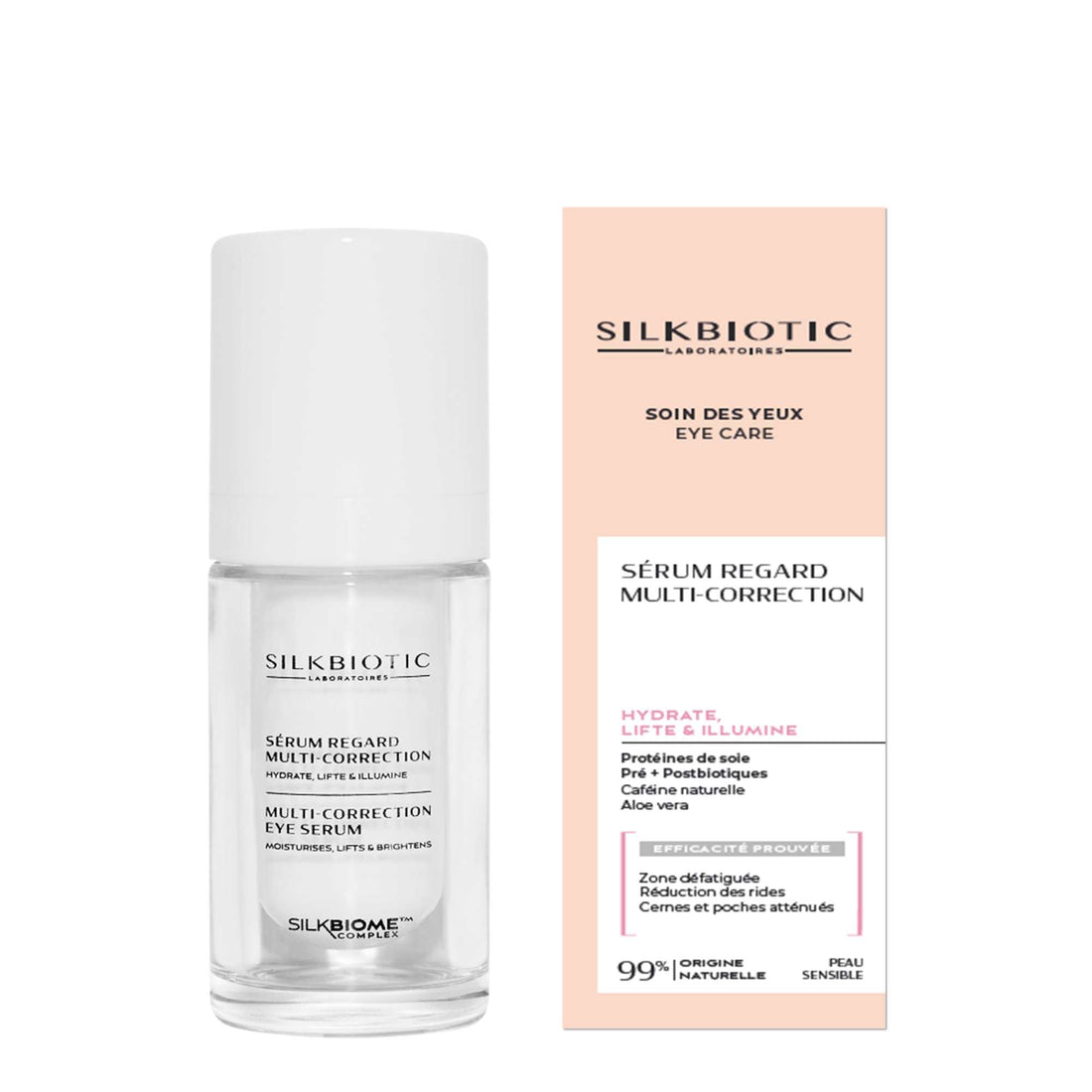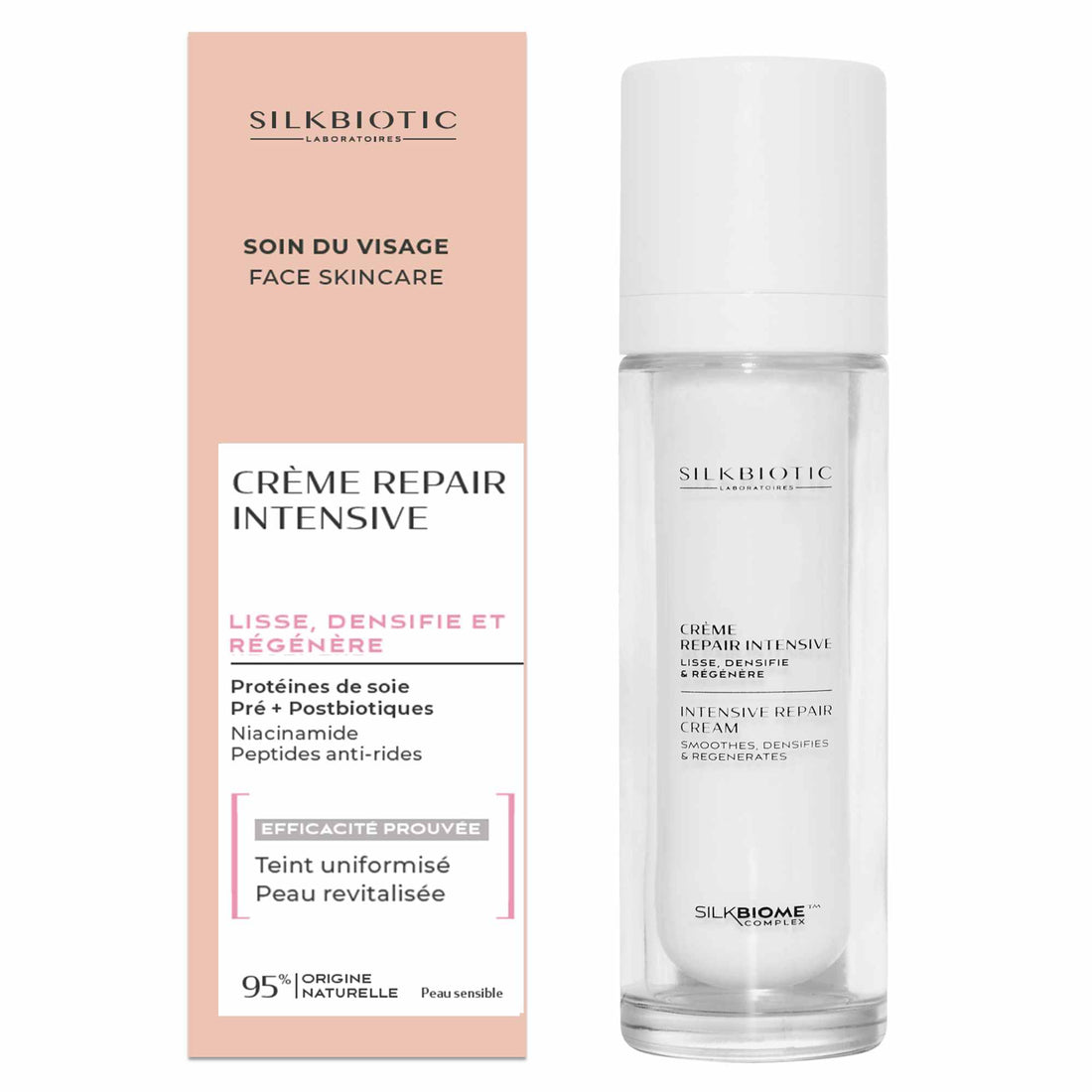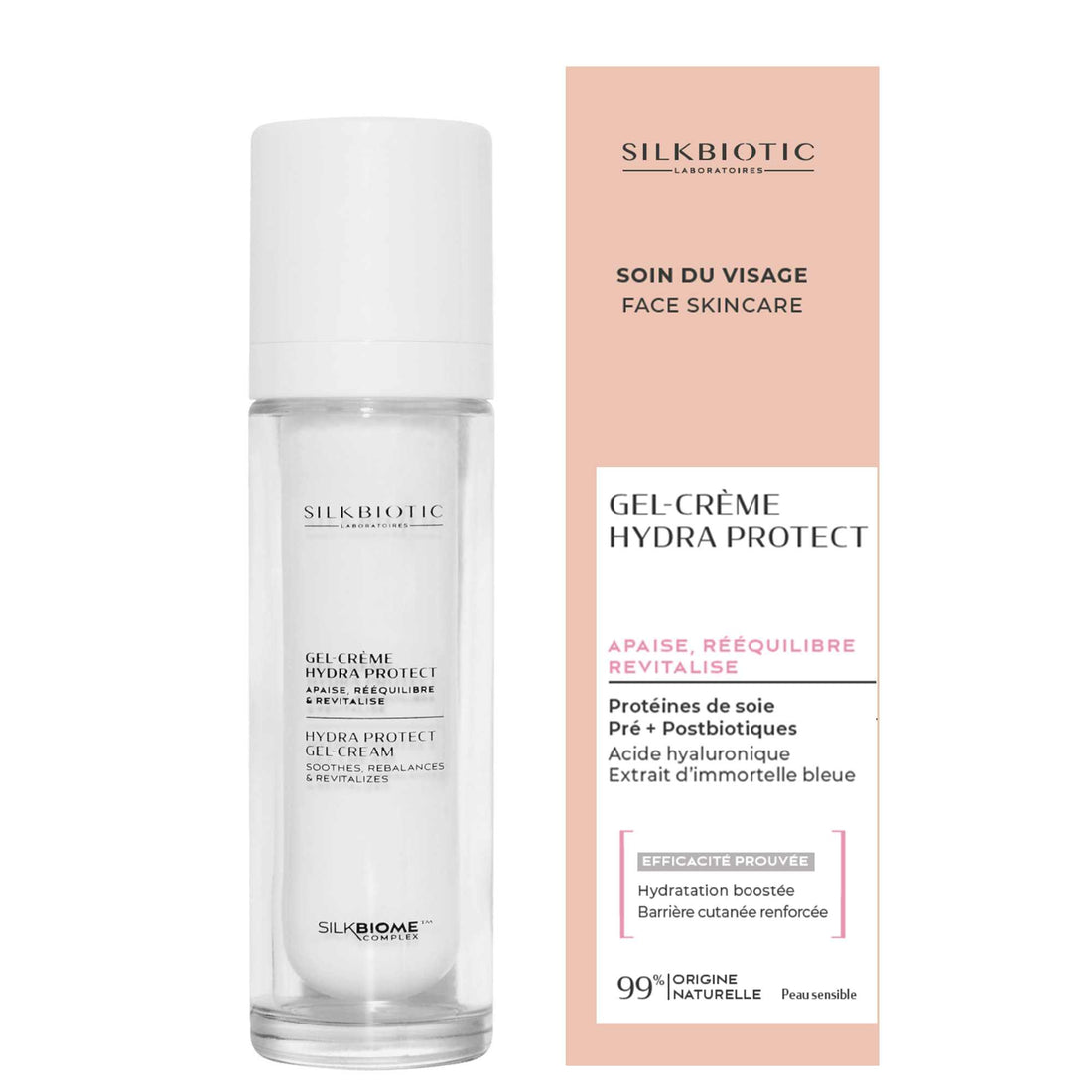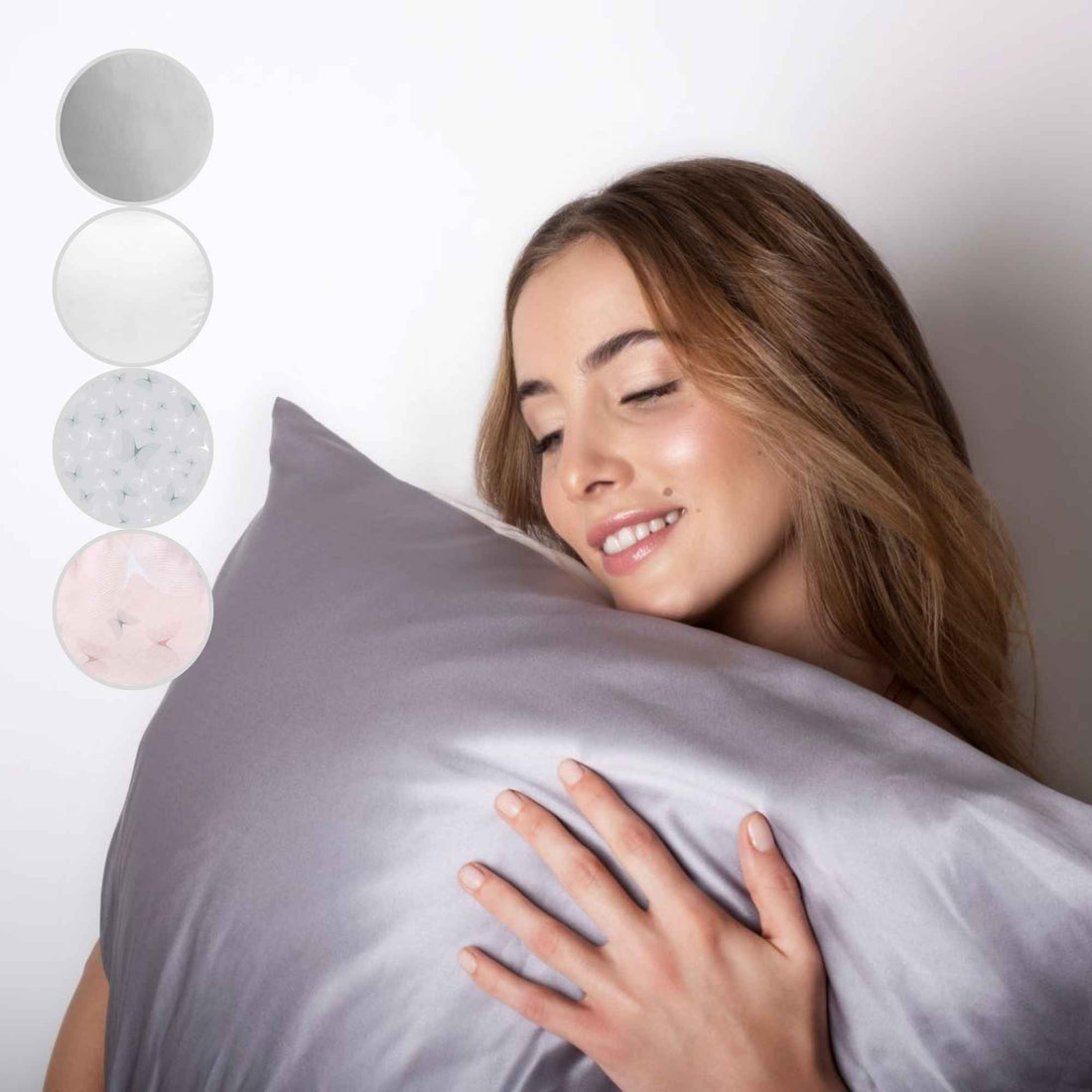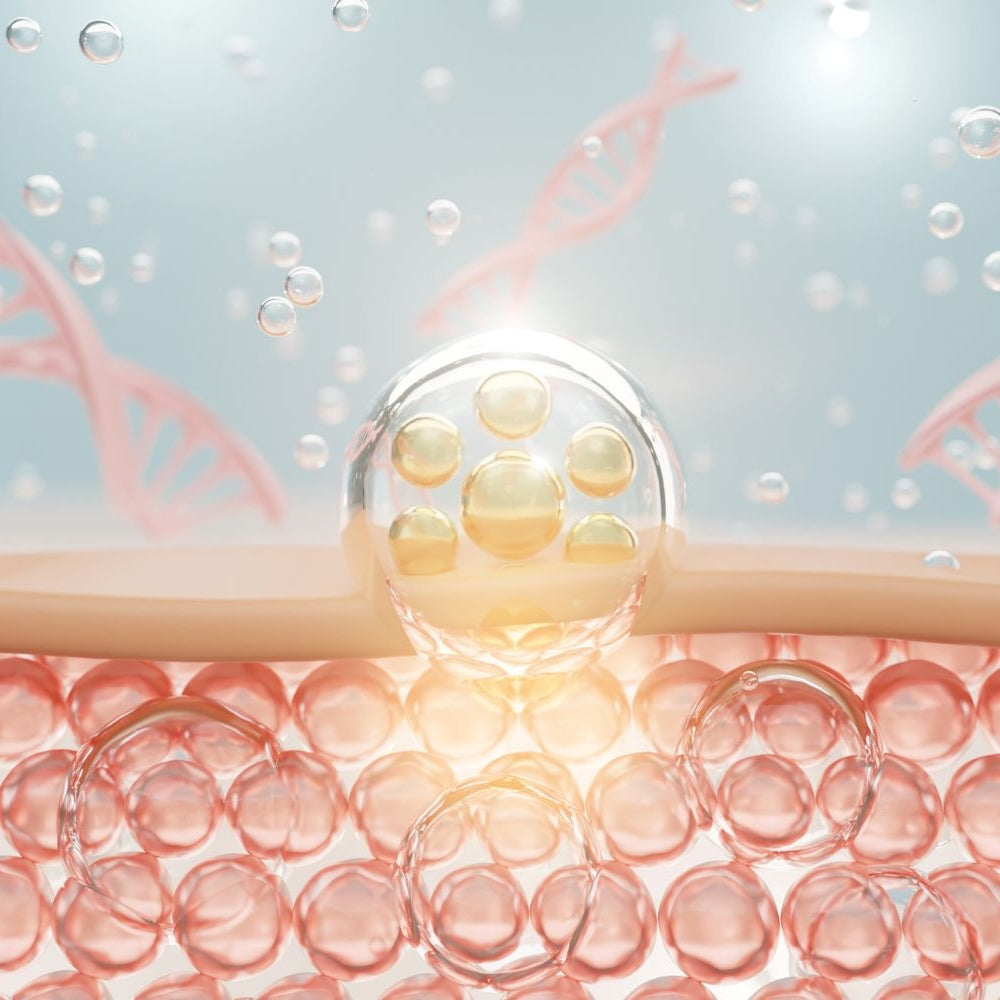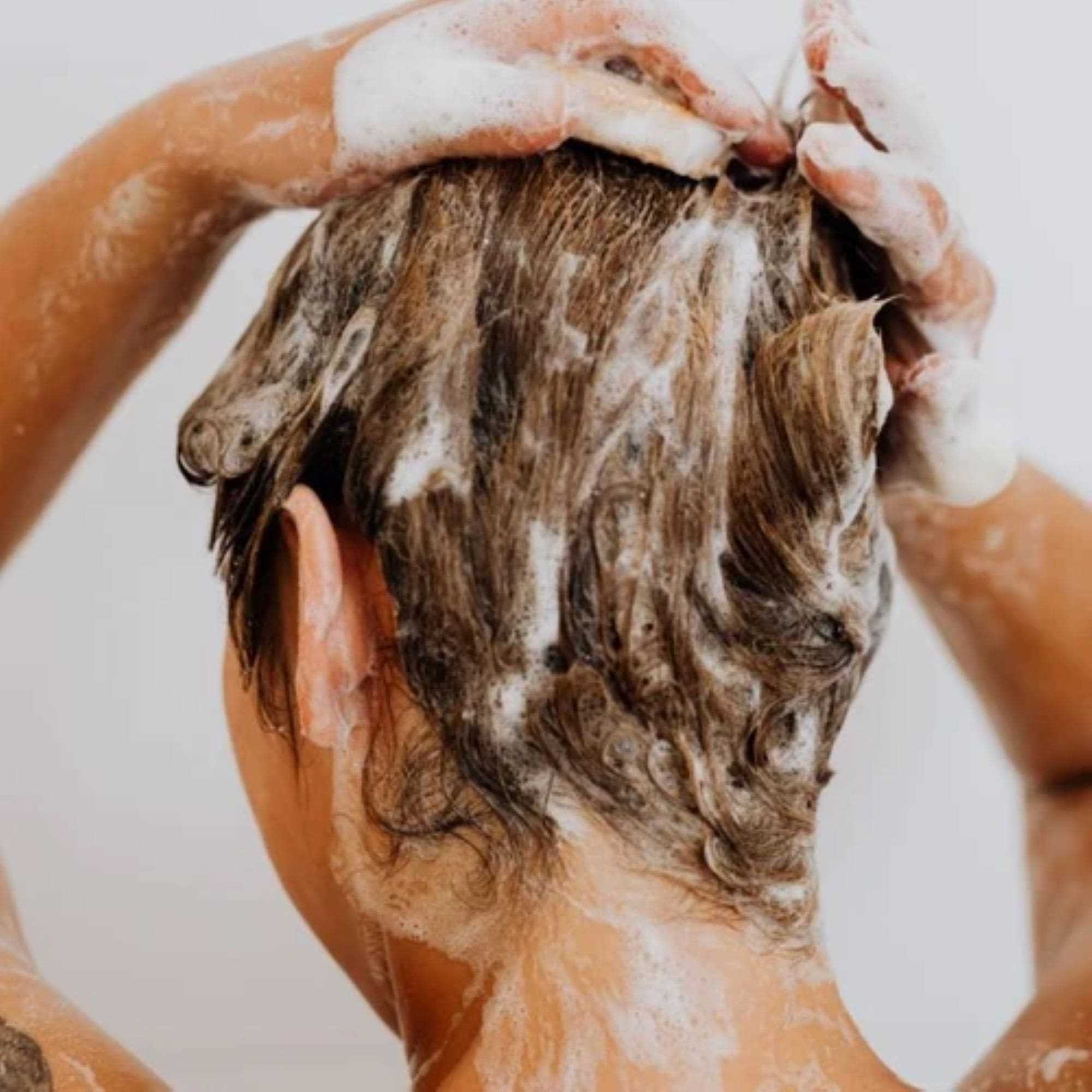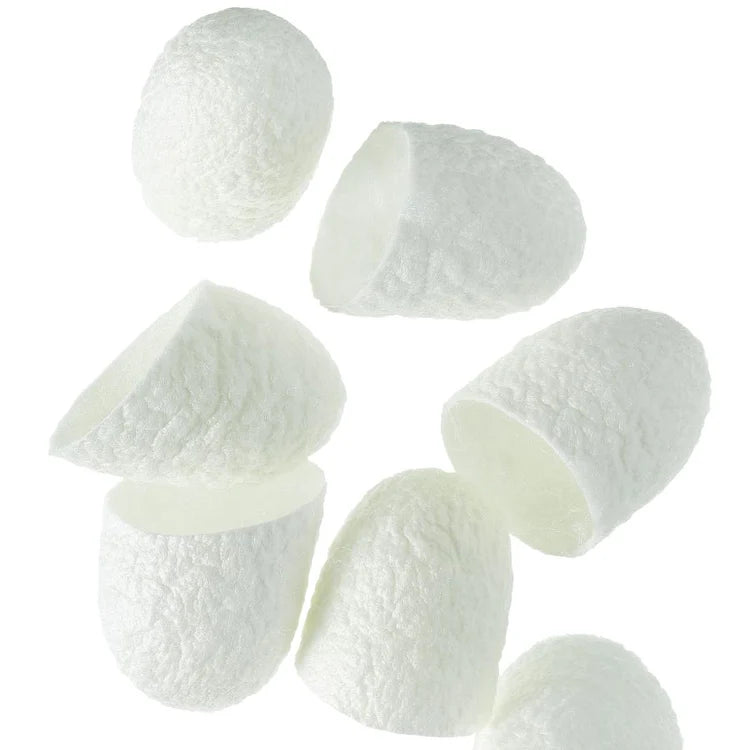Our skin, a living and intelligent organ, constantly evolves to adapt to its environment. Yet, it doesn’t take much for it to become unbalanced: tightness, redness, excess shine, breakouts… all signs that something is off. But why does the skin become imbalanced in the first place? And more importantly, how can we help it return to its natural equilibrium? At SILKBIOTIC, we believe that the answer often lies in simple rituals and in noble materials like silk.
What does balanced skin actually mean?
Before we understand what throws skin off balance, we need to define what balance looks like. Essentially, it comes down to two key elements: the skin barrier (also known as the hydrolipidic film) and the skin microbiome, the ecosystem of microorganisms living on the skin’s surface. When these are functioning well, the skin can defend itself, retain moisture, and regenerate properly. It feels comfortable, looks radiant, and isn’t overly dry or oily.
But this balance is fragile, and modern life challenges it constantly.
The invisible enemies of skin balance
Pollution and external aggressions
Each day, our skin is exposed to pollution, fine particles, UV rays, and temperature shifts. These aggressors cause low-grade inflammation that weakens the skin barrier, oxidizes cells, and accelerates water loss.
The result: dull complexion, redness, dryness, or an overproduction of oil as the skin tries to compensate.
Inappropriate skincare routines
Harsh cleansers, product overload, or constantly changing routines can disrupt the skin’s natural flora. Over-exfoliating, overuse of actives, or products with irritating ingredients can throw off the skin’s pH and compromise the barrier.
Consequences include: irritation, redness, sensitivity, breakouts, or dry patches.
Stress and lack of sleep
The skin and the brain are closely connected. Under stress, the body produces more cortisol, a hormone that increases oil production and inflammation. Poor sleep also disrupts the skin’s natural repair process.
This leads to: dullness, breakouts, dark circles, and skin discomfort.
Poor diet
What we eat directly impacts our skin. Diets high in refined sugars, processed foods, or dairy can increase inflammation and throw off the microbiome.
This can result in: excess oil, acne, or general skin discomfort.
Hormonal fluctuations
Whether it’s puberty, menstruation, pregnancy, or menopause, hormonal shifts influence sebum production. For many, this leads to sensitivity or hormonal acne.
The skin may become excessively oily, dry, or prone to breakouts depending on the imbalance.
Dehydration (internal and external)
Not drinking enough water or living in a dry environment can dehydrate the skin, even oily skin types can lack water.
Warning signs include: fine dehydration lines, tightness, dullness, and makeup that settles into dry areas.
Disruption of the skin microbiome
When the microbiome becomes unbalanced, certain bacteria dominate, leading to various skin issues (acne, rosacea, eczema…).
Often, an imbalanced skin is a skin that’s struggling quietly to protect itself.
Signs of an imbalanced skin
Every skin reacts differently to imbalance, but here are the most common signs:
- Dryness, tightness: lack of lipids or water.
- Redness, inflammation: a weakened skin barrier.
- Shine, enlarged pores, breakouts: excess sebum, often reactive.
- Sensitivity, stinging: skin overwhelmed by stress or inappropriate products.
- Dull tone, uneven texture: the skin struggles to renew itself properly.
Silk: a natural ally for balanced skin
At SILKBIOTIC, we believe in the power of nature and noble materials. Silk, in particular, has remarkable properties that help protect the health of the skin, and the scalp too.
What makes silk so beneficial?
Unlike cotton, which absorbs moisture and skincare products, silk helps the skin retain its natural hydration. Its smooth, frictionless surface is gentle on the skin barrier, especially overnight when the skin is in recovery mode.
It is also:
- Hypoallergenic, ideal for sensitive or reactive skin.
- Naturally antibacterial, thanks to proteins like sericin.
- Rich in amino acids, similar to those used by the skin to regenerate.
How silk helps the skin
Incorporating silk pillowcases or silk-based dermocosmetic cares into your routine can visibly improve skin condition — particularly overnight when regeneration peaks:
- Preserves hydration: skin feels softer and less irritated upon waking.
- Soothes inflammation: fewer flare-ups, reduced redness, calmer breakouts.
- Protects the skin barrier: less friction means fewer signs of aging and irritation.
- Boosts radiance: the skin is calmer, more even, and visibly refreshed.
…And it works for the scalp too
The scalp is an extension of our facial skin. When irritated or oily, it can lead to itchiness, dandruff, or greasy roots. Silk, used in SILKBIOTIC pillowcases or hair cares, helps restore scalp balance:
- Less friction = less irritation.
- Reduced overnight oiliness.
- Healthier scalp microbiome: less flakiness, less discomfort, better hair growth environment.
Conclusion: a simple gesture for calmer, healthier skin
Your skin doesn’t need to be overstimulated to look its best. What it really craves is consistency, protection, and gentleness. Integrating silk accessories into your daily routine, like a SILKBIOTIC pillowcase, is a simple yet powerful way to support your skin’s natural rhythms.
Because sometimes, the best skincare begins at night, while you sleep on silk.


